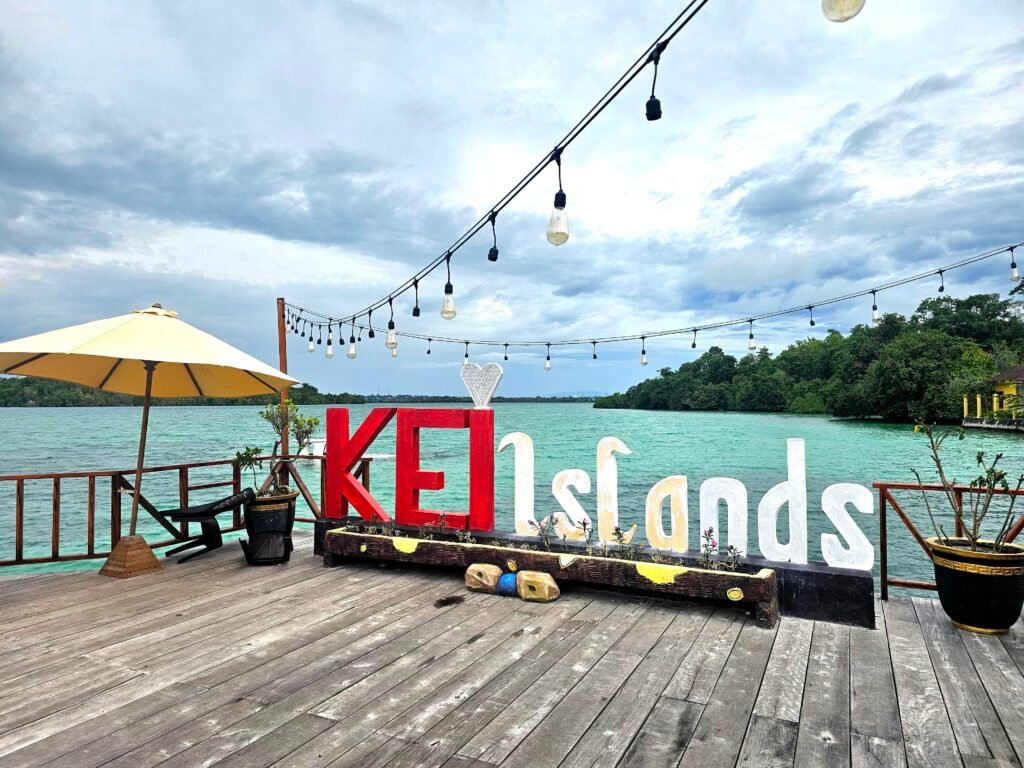First Stop Indonesia: Tual, Kei Island – A Quirky Introduction to the Land of 17,000 Islands and a Lot of Paperwork
After a five-day crossing with barely any sleep, we finally made it to Indonesia. The journey was a bit nerve-wracking, as Mark and I aren’t used to so much traffic on the water, and we had to navigate around plenty of obstacles, which, at night, was a bit like playing a high-stakes game of dodgems. Especially those tiny fishing boats and devices with no AIS or lights, which had us sweating bullets. But sea conditions were extremely calm which made the day shifts really enjoyable (and thanks to lollies from my Mom). By the time we dropped anchor on Tuesday morning, I’d clocked a whopping two hours of sleep in 24 hours. But no rest for the weary—I had to swing the vacuum cleaner as soon as the anchor was set.
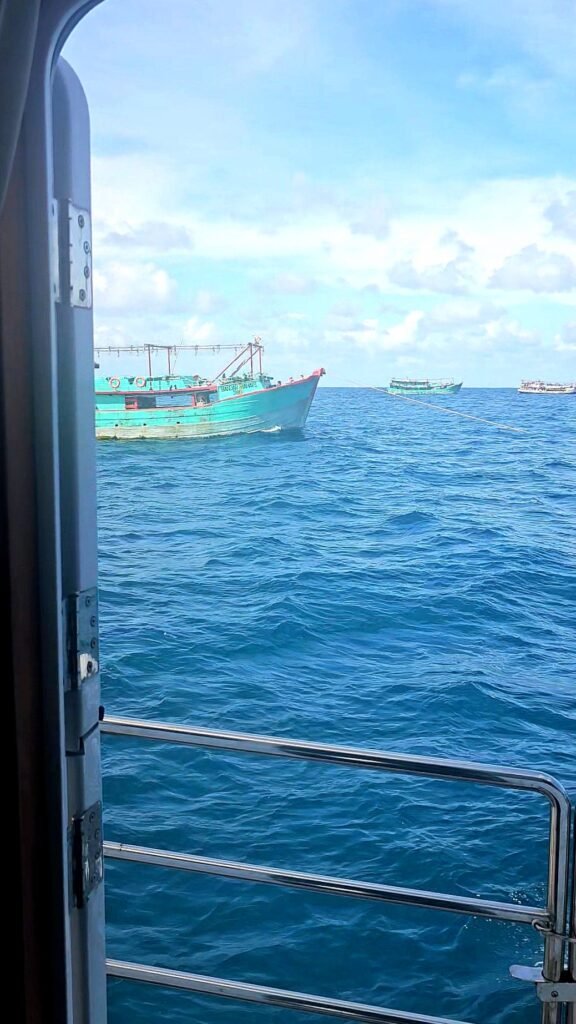
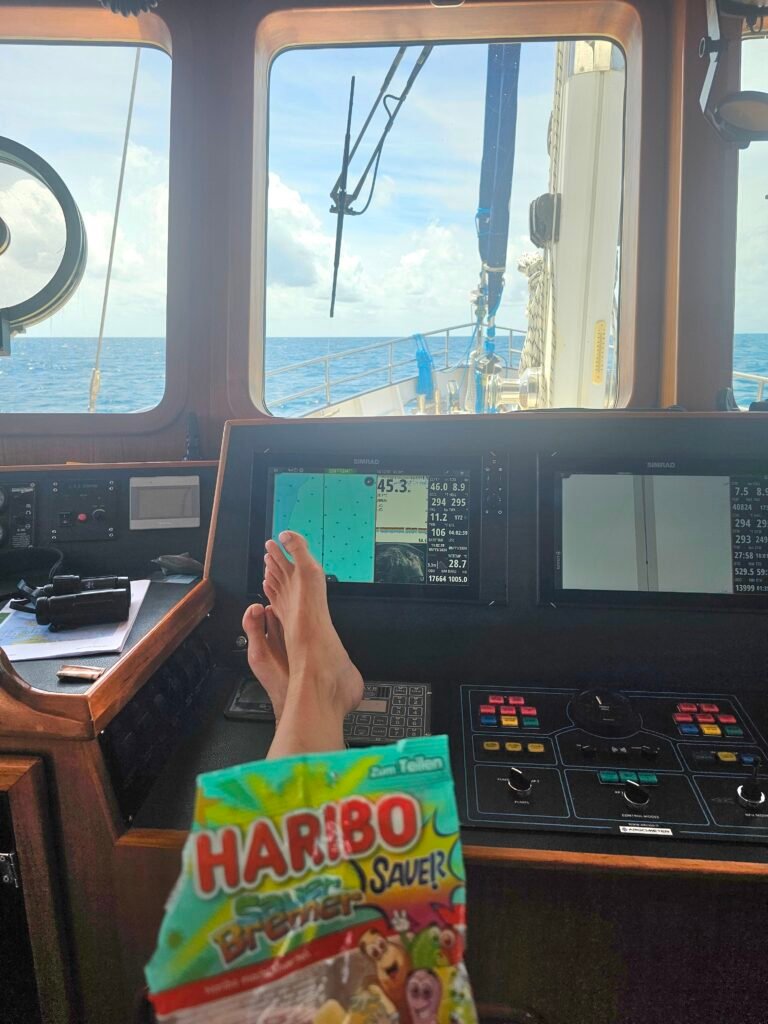
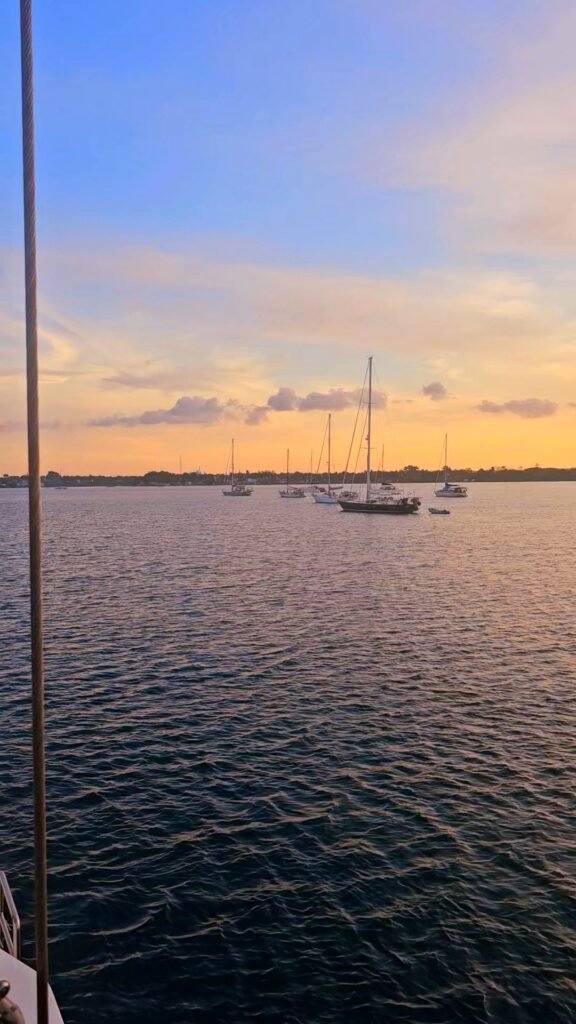
Just before lunch, we already had quarantine on board—this was all arranged through an agent beforehand. Clearing in to Indonesia is a bit tricky, and the laws seem to change weekly, so it’s strongly advised to hire an agent to help with all the bureaucracy. In fact, it seemed like they don’t even accept anyone trying to handle it themselves. Our visas were also sorted through the agent before arrival. The price tag? $400 NZ per person for a single-entry, 60-day visa. And the renewal? Another $400 NZ every 60 days. Bargain, right? As it turns out, you can get a multiple-entry visa for one year, which only needs renewing every 180 days. That’ll set you back $600, but in the long run, it works out cheaper. Always read the fine print, folks or do it yourself as it can be done online now.
The quarantine inspection was thorough enough to make airport security look lazy. They wanted to see all our medication, snap photos of our vaccination passports, and have a nosey around the fridge and freezer. Were they looking for anything specific? No idea, but they were very enthusiastic about the paperwork. Pro tip: Indonesians love stamps. No stamp on your papers? Useless. Got a stamp? You’re golden.
In the afternoon, the agent whisked the Skipper off to Immigration with all our passports. Thankfully, the rest of us didn’t have to tag along because, apparently, a two-hour wait is standard procedure. When the Skipper returned, visas in hand, it was time for Customs. They had another rummage through the boat, checked the engine’s registration number, and gave everything a quick once-over before moving on to the next step—applying for a cruising permit. Keep in mind that there was a constant presence of an agent with the Skipper, helping translate and fill out all the necessary forms.
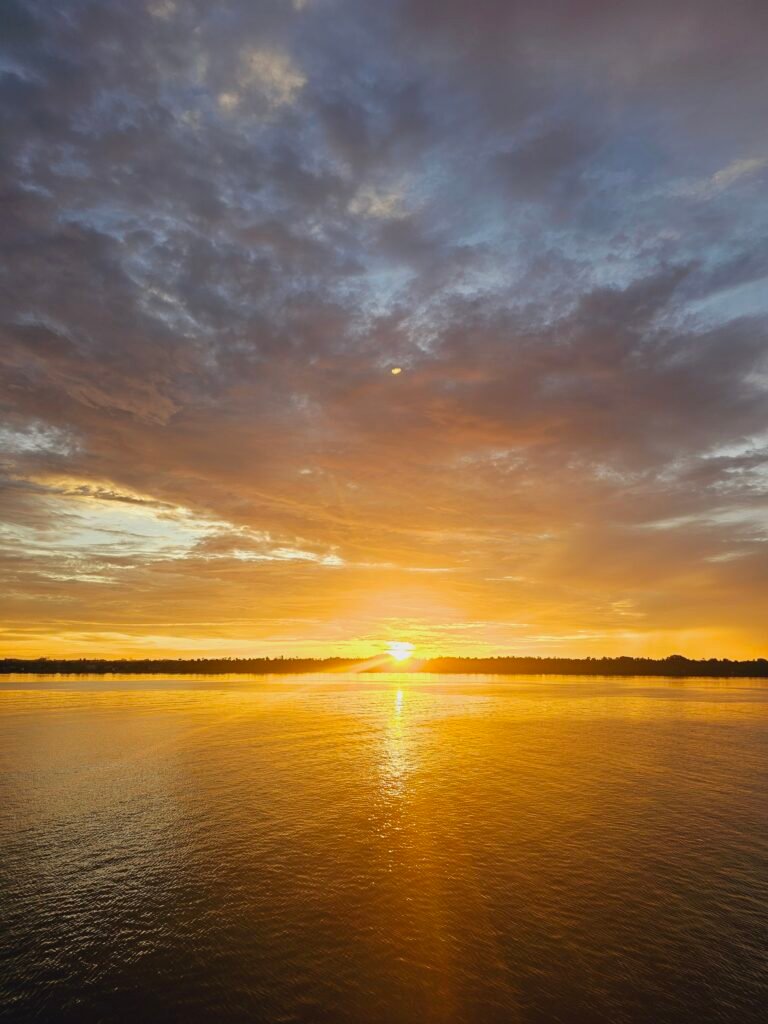
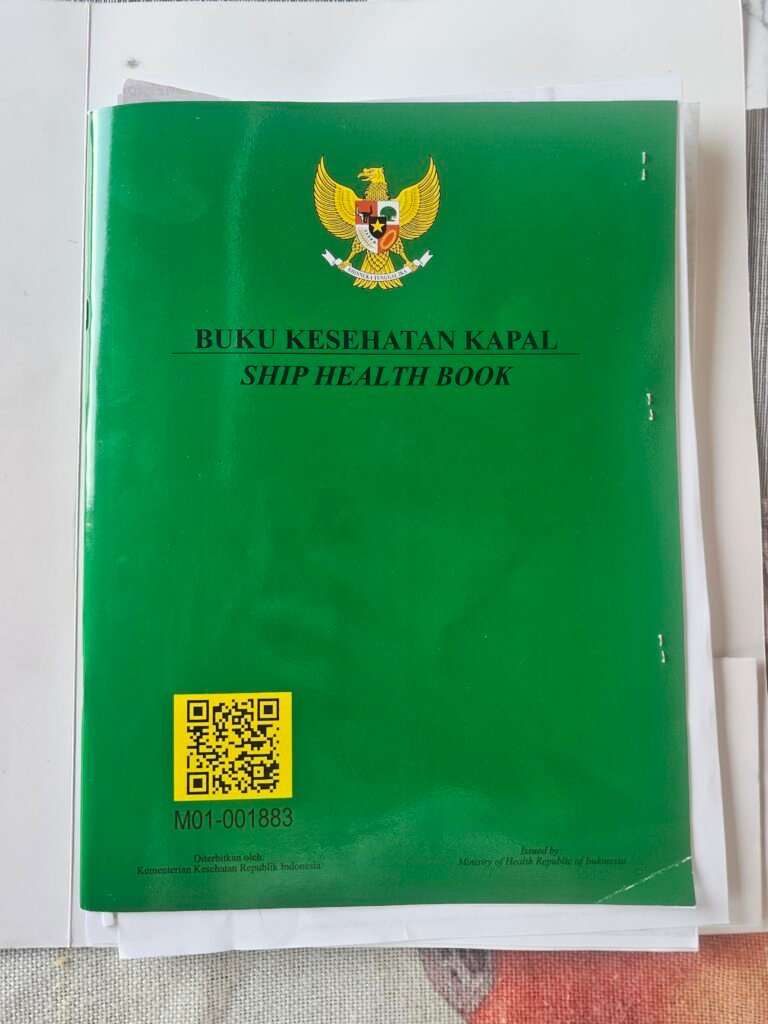
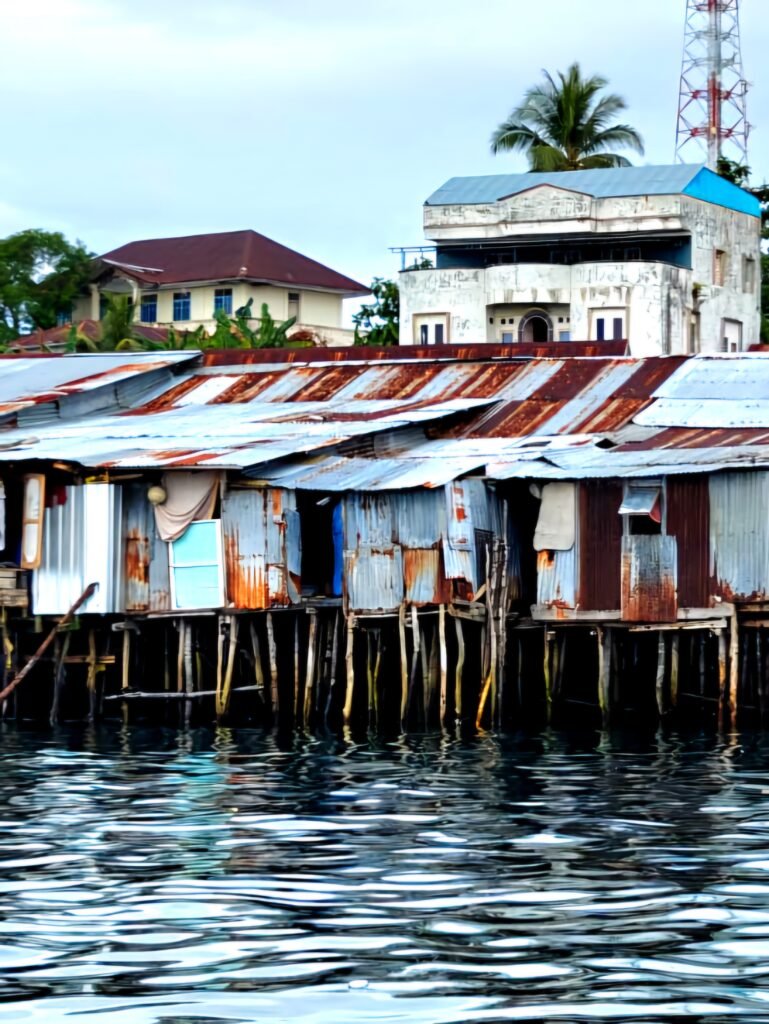
Now, here’s the catch: The usual cruising permit is valid from port to port, and you have to reapply at each stop. However, there’s a mythical “port-in to port-out” permit, which is far less hassle. Our agent pulled out all the stops to get us this golden ticket, but the chances were slim.
From other cruisers, we learned we needed a green book—a quarantine book that must be stamped at every port. No green book, no clearing out. We’re not entirely sure how this works yet, but at least we’ve got a cruising permit for port-in to port-out, which feels like a minor miracle.
Next up, the SIM card saga. Foreign phones need to be registered with their IMEI number before the SIM card works, and only one Telkomsel office in Tual could handle this magical process. The registration expires every 90 days, so you’ll need to find another office to renew it—after it expires, of course. Can’t renew it early. That would be too easy. Imagine trying to find the renewal office in a random big city without a functioning phone. Good luck! And cash is king everywhere in Indonesia. Credit cards are about as useful as an inflatable dartboard unless you’re in a big store. ATMs can be a bit hit-or-miss too, so whenever you find one that works, treat it like a rare Pokémon.
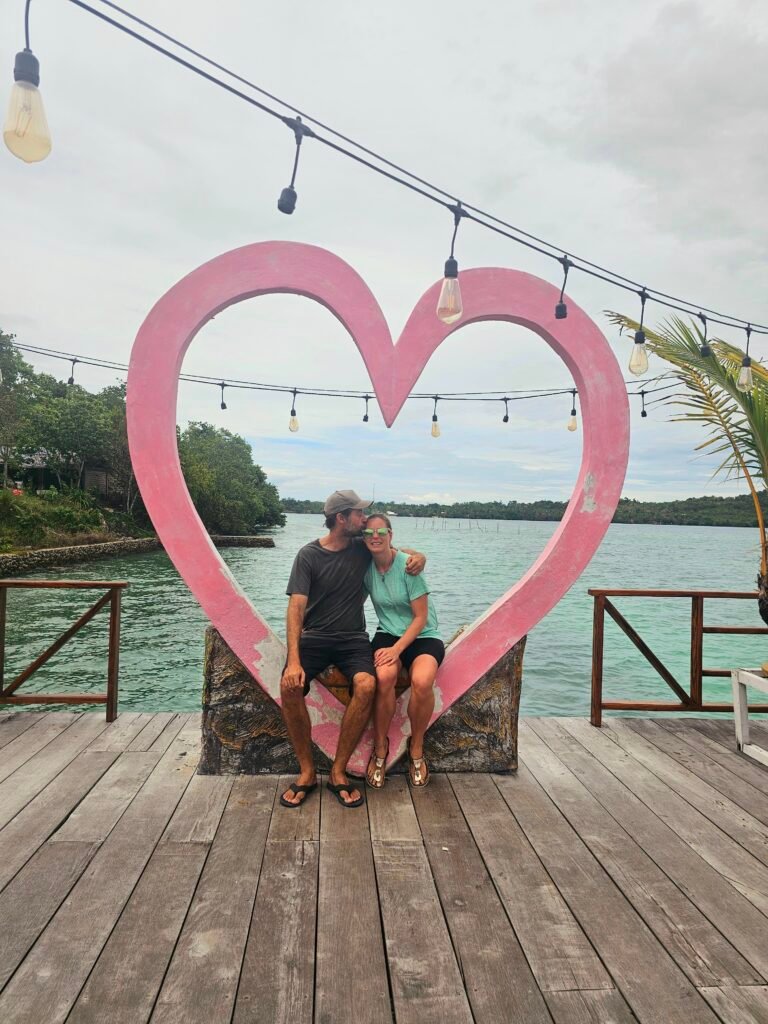
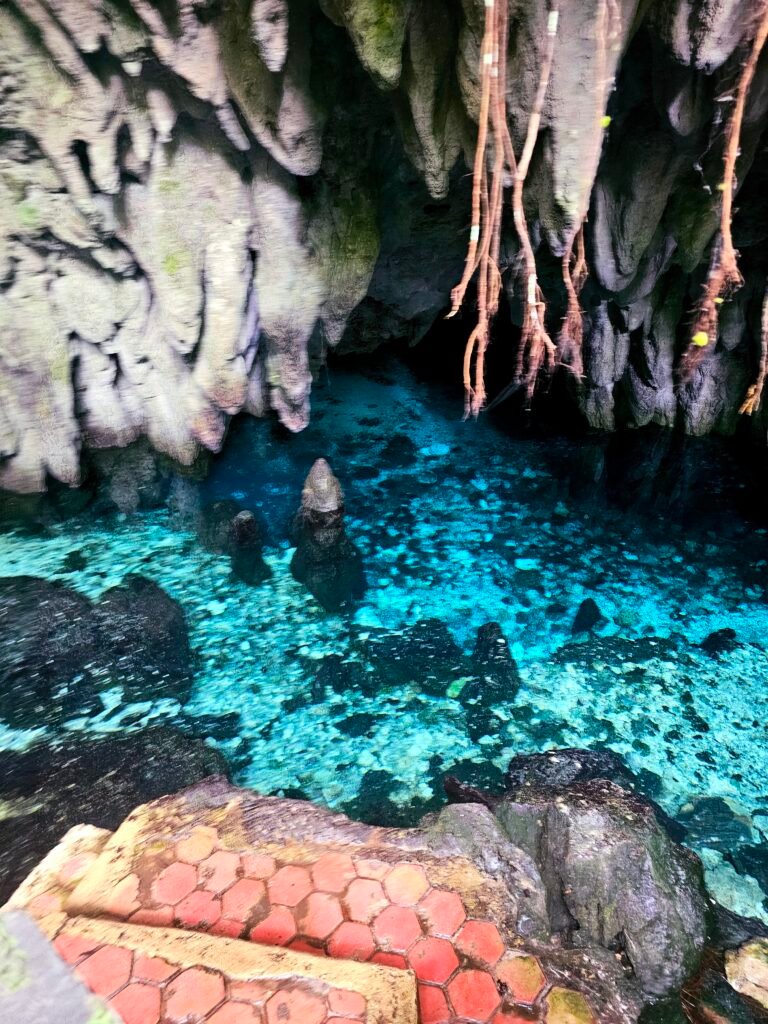
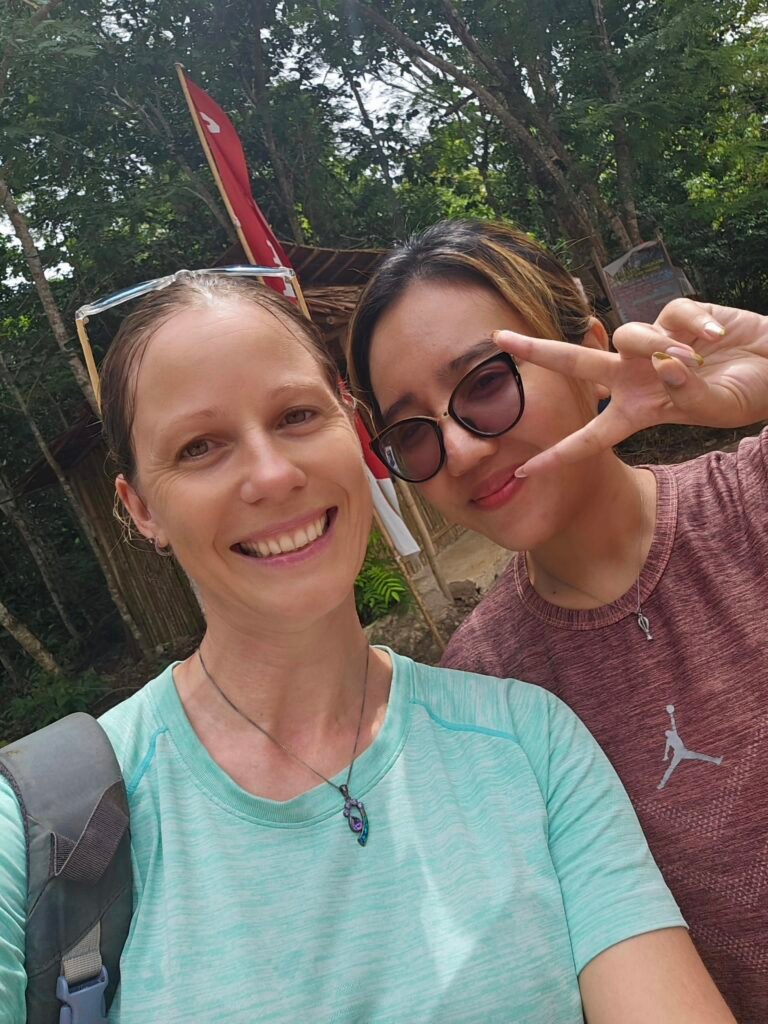
The next day, the agent arranged a guide and driver for $100 for the whole day. Our guide, Ingrid, was a legend. She took us to the bank, the Telkomsel office for our SIM cards, the pharmacy, a cracking restaurant for lunch, some stunning caves for a swim, the markets, and even a supermarket. Having a driver on day one was an absolute lifesaver.
I can’t even describe how happy I am to be in Indonesia. I’ve always been fascinated by its people, culture, food, and language, and it’s all just as vibrant and chaotic as I imagined. The streets and markets are a whirlwind of colour and energy, and the people are ridiculously friendly. Best of all, we feel safe here. Sure, you have to be careful when travelling, but compared to Port Moresby, this is paradise. We can wander around freely without worrying about a thing.
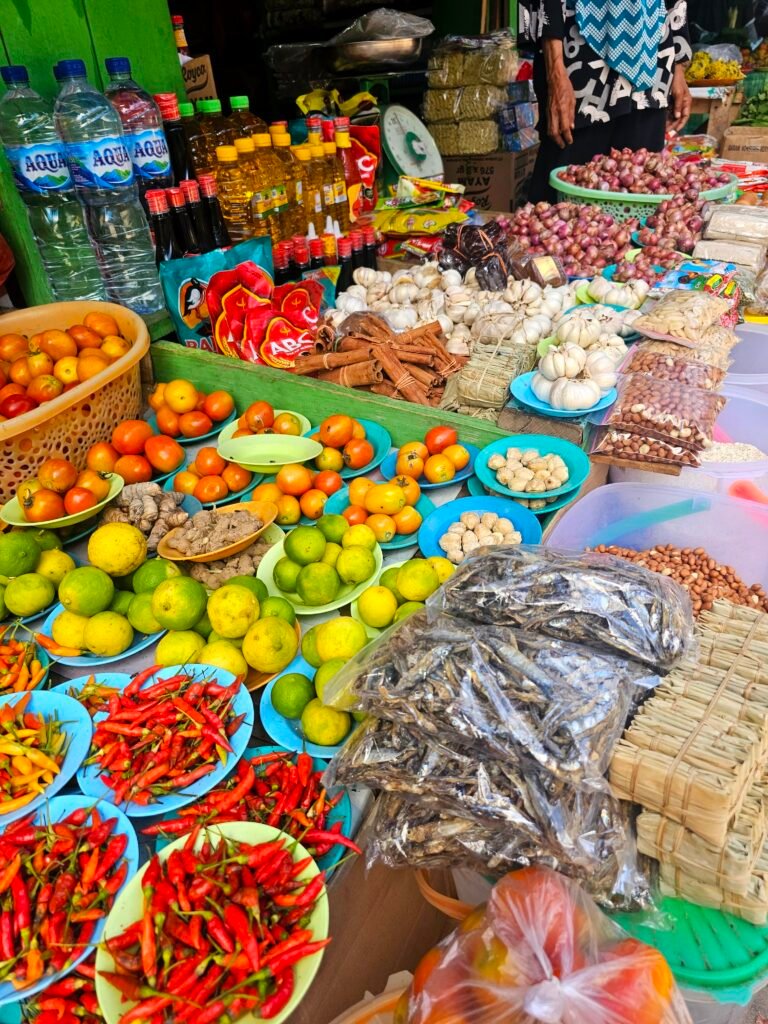
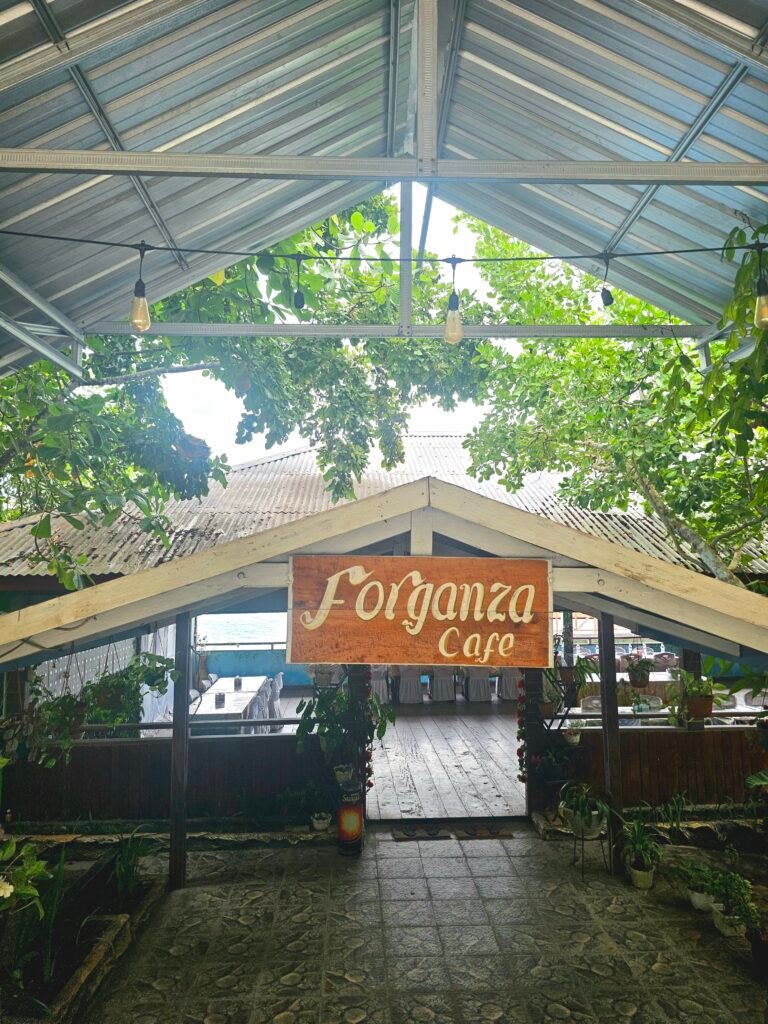
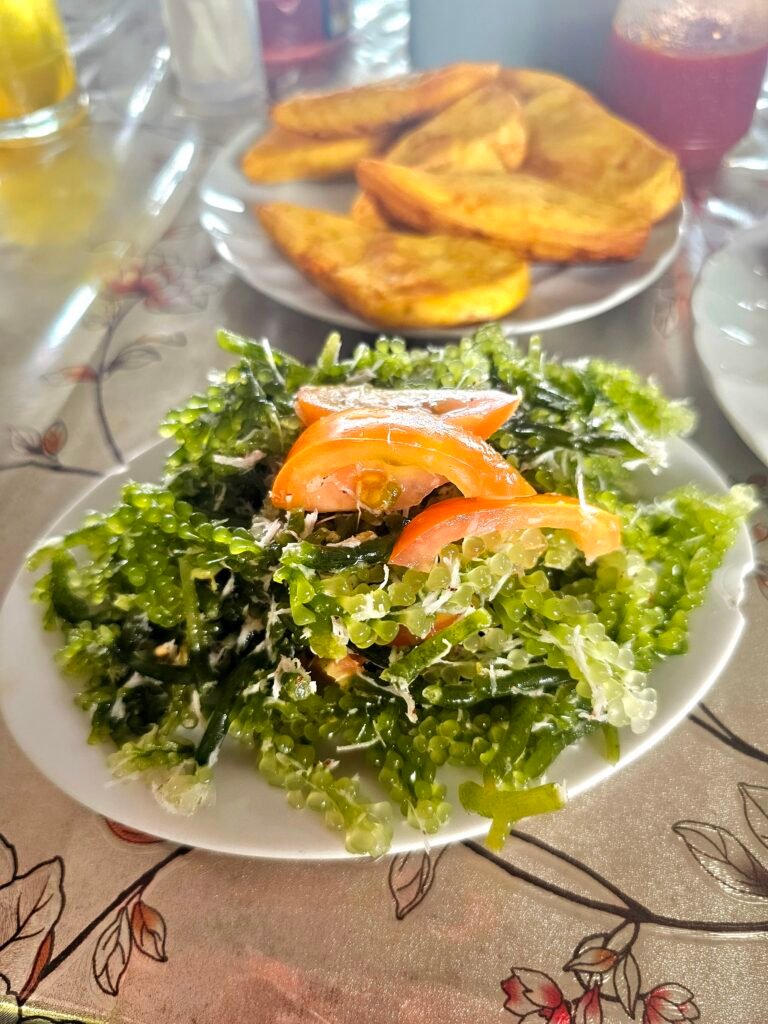
I’m buzzing to spend the next five months exploring Indonesia’s 17,000-plus islands and soaking up everything this amazing country has to offer. Bring on the adventure!
